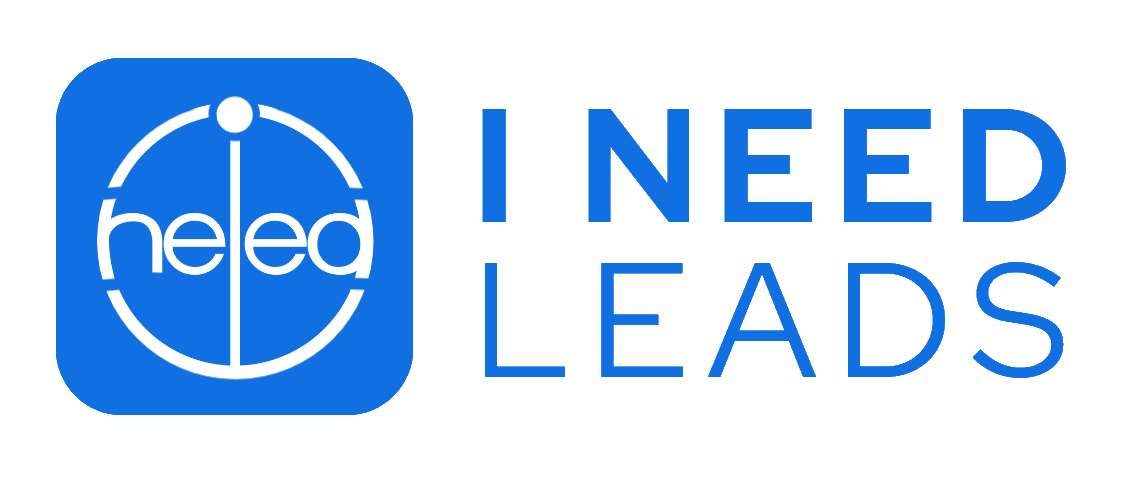CHECK OUR BLOG
FOR INDUSTRY INSIGHTS
& UPDATES
CHECK OUR BLOG FOR INDUSTRY INSIGHTS & UPDATES
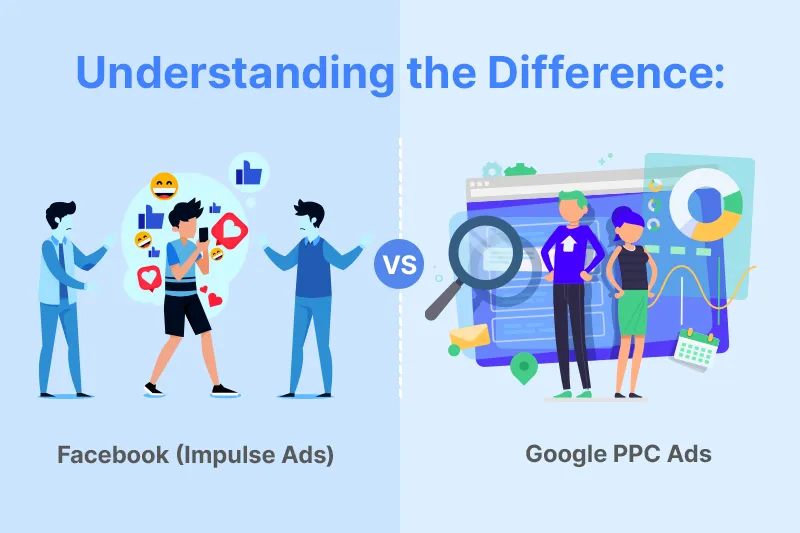
Understanding the Difference: Facebook (Impulse Ads) Vs Google PPC Ads
Understanding the Difference: Facebook (Impulse Ads) vs. Google PPC Ads
Introduction
Hello, I'm Simon Boniface, Managing Director at I Need Leads Ltd. In the realm of digital advertising, understanding the distinction between Facebook (Impulse Ads) and Google PPC (Pay-Per-Click) ads is crucial for businesses aiming to optimize their marketing strategies. Both platforms offer unique advantages and cater to different stages of the customer journey. This paper delves into these differences, the customer journey for each, and explores the various types of ads available on both platforms.
The Basics: Facebook Ads and Google PPC Ads
Facebook Ads are primarily designed to engage users based on their interests, behaviors, and demographics. These ads often appear as impulse ads, capturing the attention of users who may not be actively searching for the product or service but are likely to be interested based on their profile.
Google PPC Ads, on the other hand, target users based on their search queries. These ads are intent-driven, meaning they appear when users are actively searching for specific information, products, or services. Google PPC ads are displayed on search engine results pages (SERPs), partner websites, and across the Google Display Network.
Customer Journey: Facebook Ads vs. Google PPC Ads
Customer Journey with Facebook Ads:
1. Awareness Stage:
Example: A user scrolling through their Facebook feed sees an ad for a new type of running shoe. The ad is targeted based on their interest in fitness.
Pros: Can reach a wide audience based on interests and behaviors, great for brand awareness.
Cons: Users are not actively looking for your product, lower intent compared to search ads.
2. Consideration Stage:
Example: The same user clicks on a video ad showcasing the benefits of the running shoe. They are now considering whether to purchase it.
Pros: Engaging content can deepen interest and understanding, retargeting keeps your product top of mind.
Cons: Requires compelling content to keep users engaged, higher creative costs.
3. Decision Stage:
Example: The user receives a retargeting ad with a discount code for the running shoe. This pushes them to make a purchase.
Pros: Retargeting helps convert interested users, special offers can drive conversions.
Cons: Users may ignore retargeting ads if overexposed, conversion rates can still be lower compared to intent-driven ads.
Customer Journey with Google PPC Ads:
1. Awareness Stage:
Example: A user searches for "best running shoes" on Google. Ads for various running shoe brands appear.
Pros: High intent as users are actively searching, can target specific keywords.
Cons: Competitive and potentially expensive, relies on user initiating a search.
2. Consideration Stage:
Example: The user clicks on an ad for a specific brand and lands on a detailed product page comparing different models.
Pros: Directs users to targeted landing pages, provides detailed information to aid decision-making.
Cons: Requires well-optimized landing pages, higher bounce rates if the page doesn’t meet expectations.
3. Decision Stage:
Example: The user sees an ad extension with a call button or a location-based ad for a nearby store selling the shoes.
Pros: Ad extensions make it easy to take action, can highlight promotions or discounts.
Cons: Click costs can add up, needs continuous optimization.
Types of Facebook (Meta) Ads
Facebook (Meta) offers a variety of ad types designed to meet different marketing objectives:

1. Image Ads:
Description: Simple yet effective, these ads use a single image to capture attention.
Example: A striking image of the running shoe with a catchy headline.
Pros: Easy to create, quick to capture attention.
Cons: Limited information, less engaging than video or carousel ads.
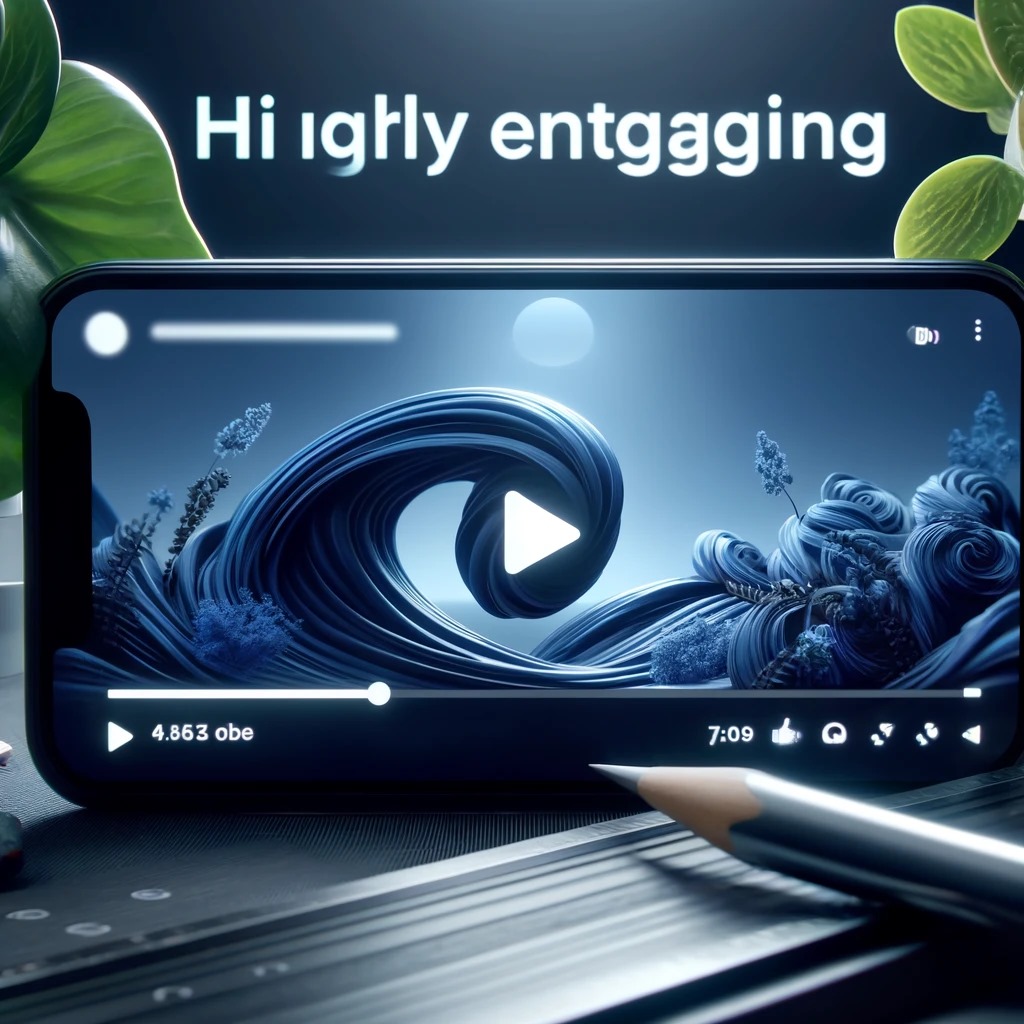
2. Video Ads:
Description: Highly engaging, these ads can be used in the newsfeed, stories, or in-stream.
Example: A video showing the shoe in action during a run.
Pros: Highly engaging, can convey more information and emotion.
Cons: More expensive to produce, requires higher bandwidth for users.

3. Carousel Ads:
Description: Allow advertisers to showcase multiple images or videos in a single ad, perfect for highlighting different products or features.
Example: Multiple images showing different angles and features of the shoe.
Pros: Versatile, can showcase multiple products or features.
Cons: Requires multiple high-quality images or videos.

4. Slideshow Ads:
Description: A lightweight alternative to video ads, using a series of still images.
Example: A slideshow of images showing the shoe in various settings.
Pros: Easier and cheaper to produce than video.
Cons: Less engaging than a full video.

5. Collection Ads:
Description: Featuring a primary image or video, with several smaller images below, ideal for e-commerce.
Example: A primary video of the shoe with smaller images of different color options.
Pros: Great for e-commerce, visually appealing.
Cons: Requires high-quality images and videos.

6. Instant Experience (Canvas) Ads:
Description: Full-screen ads that load instantly and can include a mix of videos, photos, and carousels.
Example: An interactive ad showcasing the shoe’s features and user reviews.
Pros: Highly engaging, immersive experience.
Cons: Requires more time and resources to create.
Types of Google PPC Ads
Google offers various types of PPC ads, each tailored to different objectives and audience behaviors:

1. Search Ads:
Description: Text ads that appear on Google SERPs when users search for specific keywords.
Example: An ad for running shoes appearing when someone searches for "best running shoes".
Pros: High intent, directly targets search queries.
Cons: Competitive and can be expensive.

2. Display Ads:
Description: Visual ads (images or videos) displayed across the Google Display Network.
Example: A banner ad for the running shoe appearing on a fitness blog.
Pros: Wide reach, visually engaging.
Cons: Lower intent compared to search ads.

3. Shopping Ads:
Description: Product-based ads that include detailed information like price and image, appearing on Google Shopping.
Example: An ad showing the shoe, its price, and a link to purchase.
Pros: Highly relevant, great for e-commerce.
Cons: Requires a product feed and more setup.
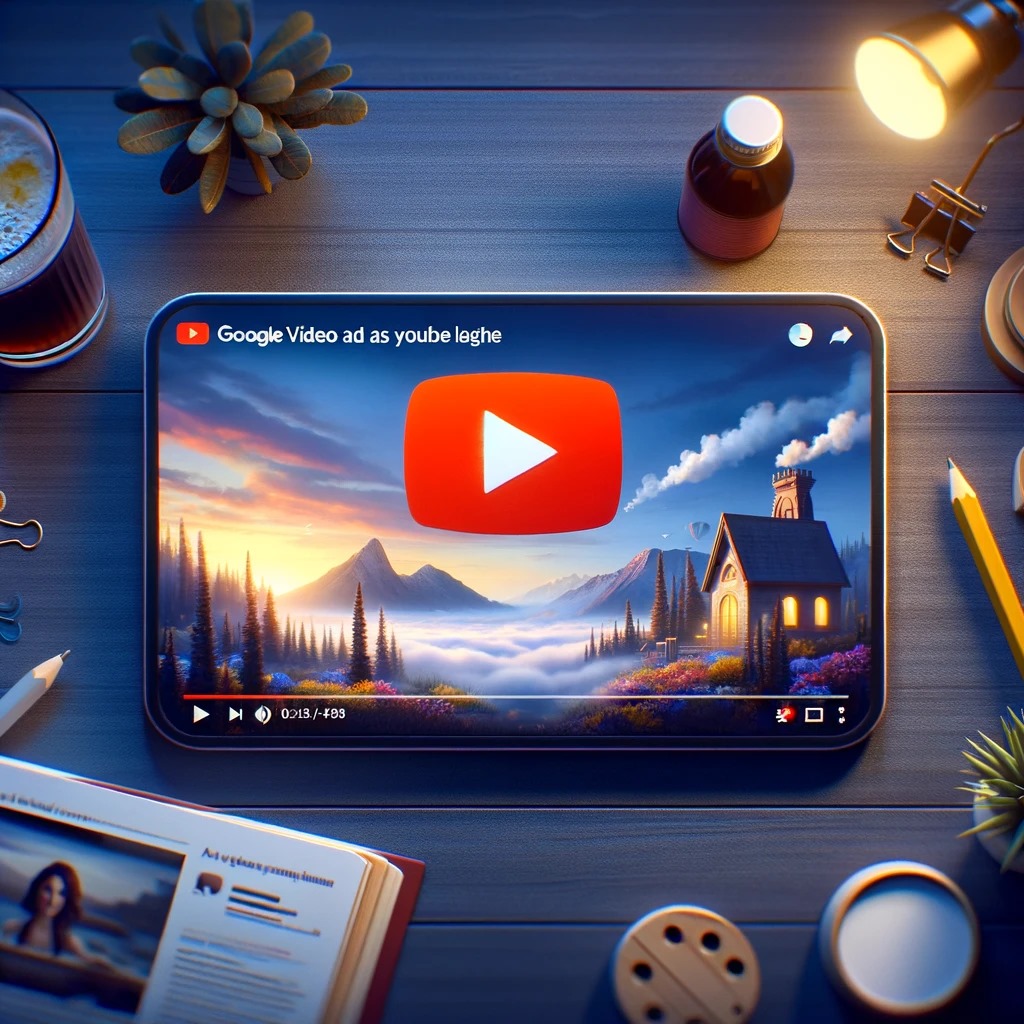
4. Video Ads:
Description: Ads that appear on YouTube and other Google video partners.
Example: A video ad for the running shoe appearing before a fitness video.
Pros: Highly engaging, can reach a large audience.
Cons: More expensive to produce, requires video content.

5. App Promotion Ads:
Description: Designed to drive app downloads and engagement across Google’s network.
Example: An ad promoting a fitness tracking app.
Pros: Targeted for app downloads, integrates with app store listings.
Cons: Limited to app promotion.

6. Responsive Ads:
Description: Automatically adjust their size, appearance, and format to fit available ad spaces.
Example: An ad that changes to fit different placements on the web.
Pros: Versatile, adapts to different ad spaces.
Cons: Less control over exact appearance.
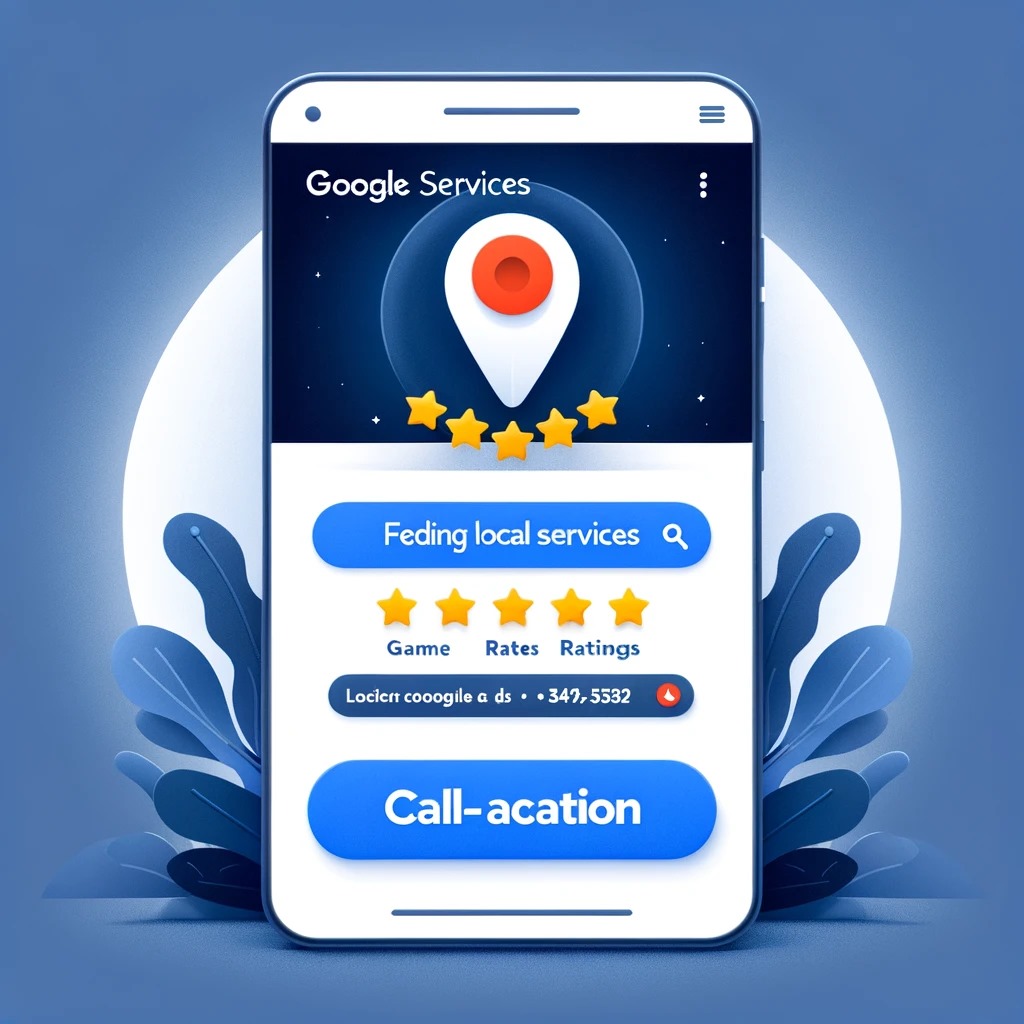
7. Local Service Ads:
Description: Help users find local services by displaying ads at the top of Google search results.
Example: An ad for a local shoe store appearing when someone searches for "running shoe store near me".
Pros: Great for local businesses, high visibility.
Cons: Limited to local services.
Conclusion
Both Facebook and Google PPC ads offer unique advantages and cater to different stages of the customer journey. Facebook's impulse ads are excellent for building awareness and engaging users based on their interests and behaviors. Google PPC ads, on the other hand, target users with high purchase intent, making them effective for capturing and converting leads actively searching for products or services.
At I Need Leads Ltd, we understand the intricacies of both platforms and can help you leverage them effectively to achieve your marketing goals. Whether you're looking to boost brand awareness, drive traffic, or increase conversions, our team is here to guide you every step of the way.

BOOK A DEMO NOW to see how our digital solutions can transform your advertising strategy.
Stay connected with us for more updates and insights. Follow our journey as we continue to innovate and lead the way in digital transformation. 🚀
#DigitalTransformation #FinanceSolutions #RealEstate #HomeImprovements #BeautyIndustry #PPC #Marketing #AIChatBots #BusinessGrowth #INeedLeads
This comprehensive breakdown should give you an in-depth understanding of the differences between Facebook (Impulse Ads) and Google PPC ads, complete with examples, pros, and cons of each type.
NAVIGATION
SOLUTIONS
RESOURCES
LEGAL
COMPANY
GET IN TOUCH
128 City Road, London, EC1V 2NX
Company number: 14241556
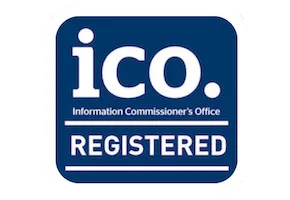
© Copyright 2023. THE I NEED GROUP.
All Rights Reserved.
NAVIGATION
SOLUTIONS
RESOURCES
LEGAL
COMPANY
GET IN TOUCH
Company number: 14241556
128 City Road, London, EC1V 2NX

© Copyright 2023. THE I NEED GROUP. All Rights Reserved.
